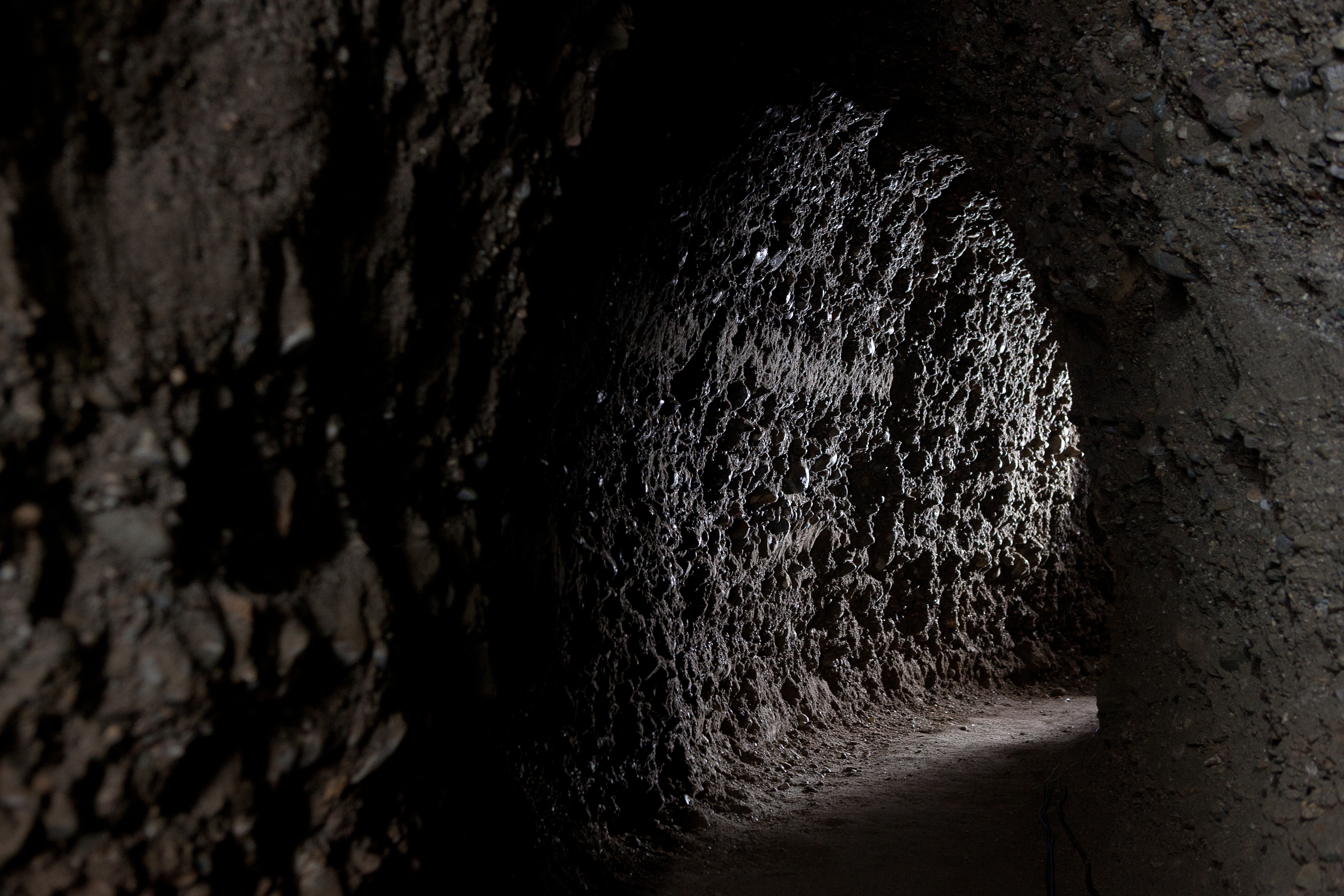Stasi (first study on Jakob Ullmann’s Horos Meteoros)
Prompted by the compositional techniques of Jakob Ullmann and the throat singing of the Inuit populations, Fonassi establishes the conditions of the vocal performance of two performers – Letizia Fiorenza and David Sautter – in the recording room: the two vocalists are induced to constantly maintain a single key, opposing his imbalance. The static horizon generated by the convergence of the two vocal forces in a point of mutual balance, continuously threatened by imbalances and predominances, is carved out according to the parameters of spectrographic analysis and a process of filtering the stereo signal.
Performed in studio by Letizia Fiorenza and David Sautter.
Singers are asked to maintain a certain tune for the total duration of 50’.
Mixed and processed on AudioSculpt by Francesco Fonassi with the technical assistance of Marco Liuni (IRCAM); produced by Le Pavillon, Palais de Tokyo, Paris, on May, 2013.
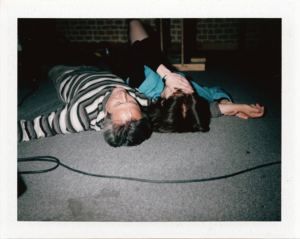
Stasi (First Study on Jakob Ullmann’s Horos Meteoros), Pièce for two voices and spectrographic signal processing, polaroid series, stereo, 50’, 2013

Fig. 1 — Stasi, installation view at Palais de Tokyo, Paris, 2013
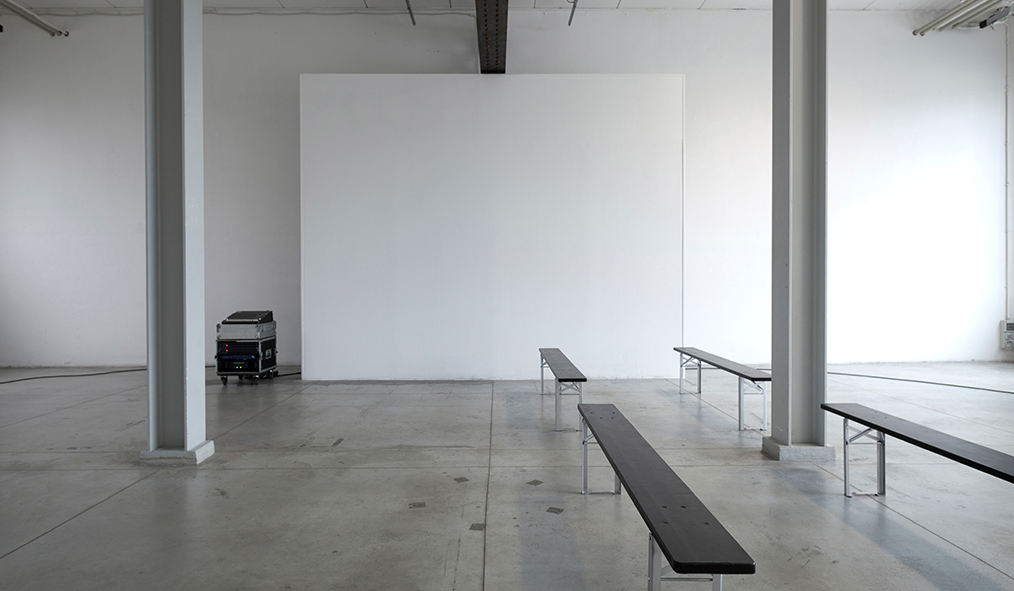
Fig. 2 — Stasi, listening setting at DOCVA Viafarini, Milan, 2013
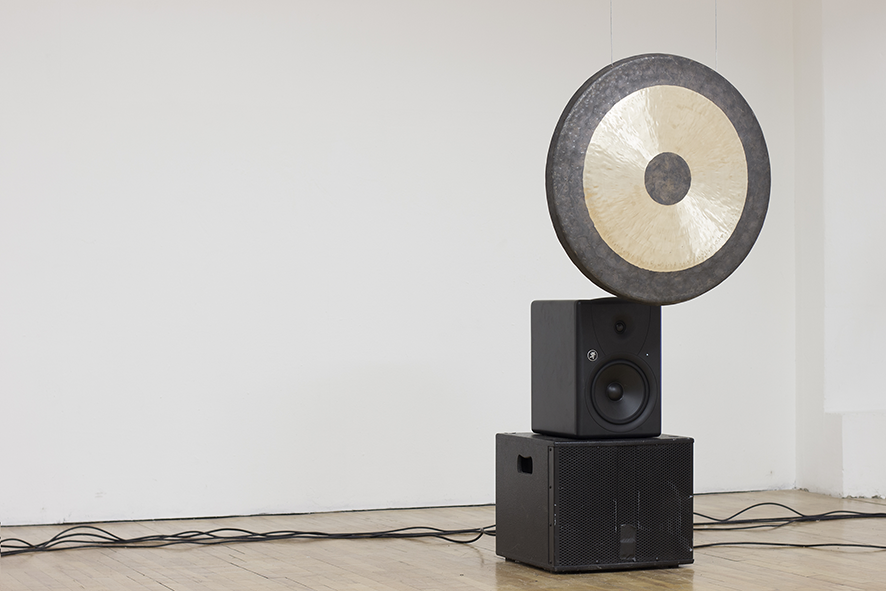
Francesco Fonassi (b. 1986, Italy) is a sonic artist, independent researcher, musician, sound designer/producer working in the field of sound based performances, transmission/transmedial art and experimental music since 2006.
His work, developed through actions, recordings, environmental configurations, radio transmissions, listening sessions, sculptural prototypes, installations and the creation of audiovisuals/sensory spaces, has been featured in institutions, museums, festivals and independent spaces in Europe, Asia and United States.
Since 2018 he co-runs and co-directs Spettro, an independent venue/research sound lab/radio platform/club in Brescia (Italy), part of a big network of sound artists and musicians across Europe.
Forming a primarily ethical relationship with knowledge and with others, the work of Francesco Fonassi acts on the dynamics of perception, forcing reality to clash with the devices of separation and interaction that are implied by and express a general feeling. He does this by focusing on the human tendencies to submit or react to forms of aggression and isolation, interruption and duration, through the experience of listening, which he takes as a threshold on which to explore relationships of activity and passivity, and beyond which to trace out realms of co-belonging. Linking together different form of knowledge, Fonassi designs the space for a multitude of subjects that are no longer passive, both perceiving and perceived, susceptible to developing ways of holding together and resisting inclusion in a self-sufficient whole, be it acoustic or social.
He’s half of the experimental music duo Interlingua and 1/3rd of the electronic trio Chorus Abstracta.
Contacts:
M: fonassi.f@gmail.com
T: +39 3923626969
Canto Minore (minor strain)
Canto Minore is the result of a research period together with the theoretical physicis
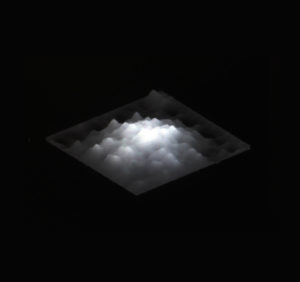
Canto minore (minor strain), 5ch sound pièce for modal synthesis, 27’, 2014
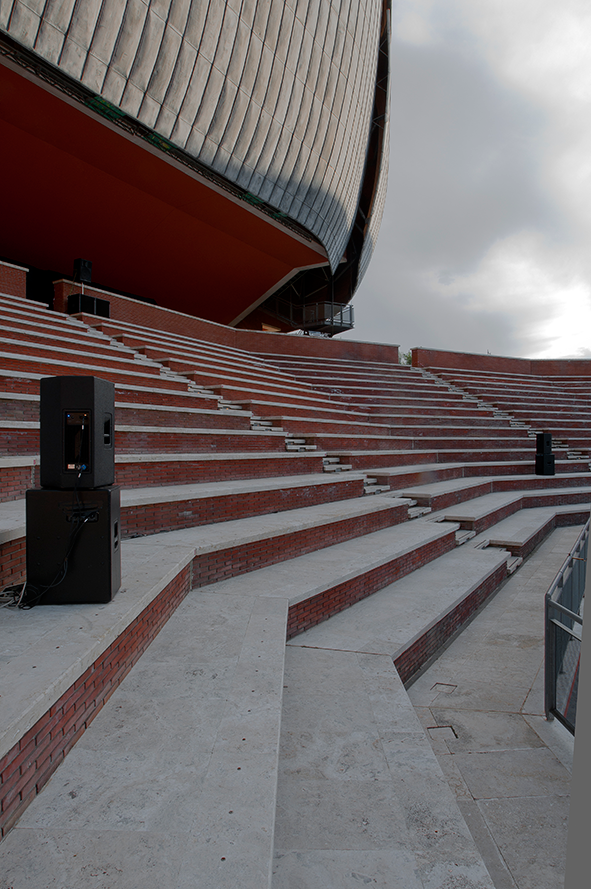
Fig. 1 — Canto Minore listening setting at Auditorium Parco della Musica, Rome, 2014 (ph. Francesco De Michelis)
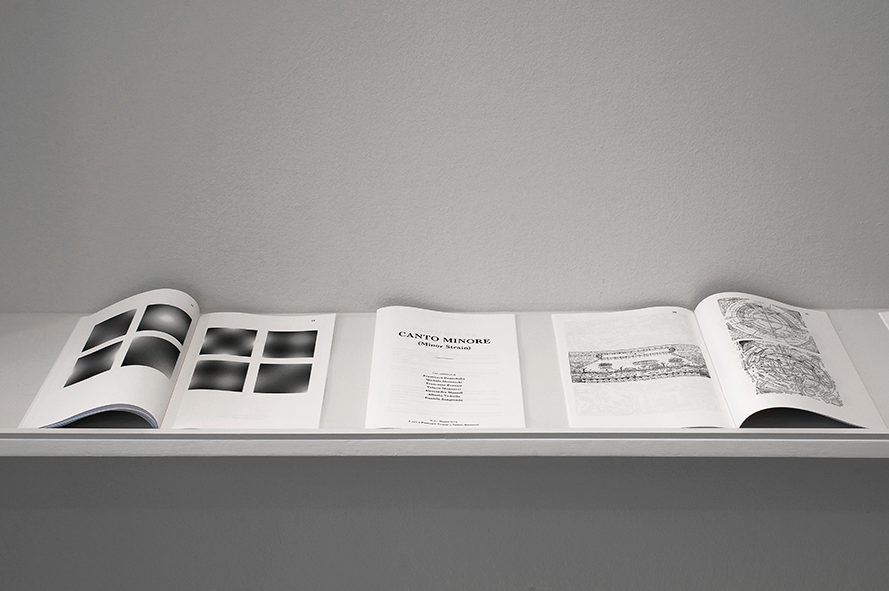
Fig. 2 — Canto Minore (minor strain) n.0, edited in collaboration with Valerio Mannucci with contributions by: Michele Ducceschi, Alessandra Messali, Daniela Zangrando, Alberto Tadiello, Valerio Mannucci, Francesco Demichelis, 2014
Territoriale
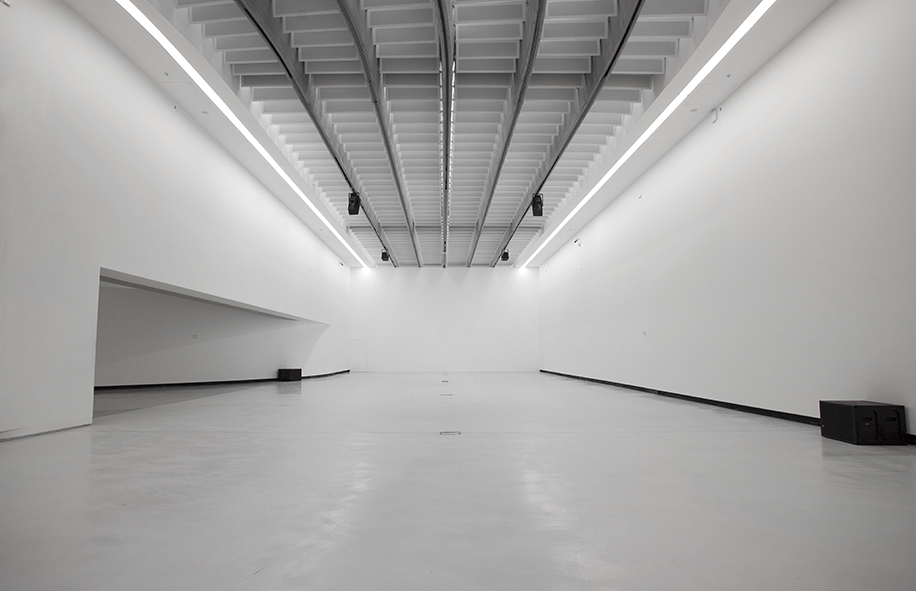
Fig. 1 — Territoriale, installation view (side a) at MAXXI, Rome, 2014
Territoriale, audio system for two sensitive spaces: wall, 8ch sound system, surveillance cameras, softwares developed by TempoReale, 2014
Produced by Fondazione Maxxi and part of its permanent collection.
Territoriale is a structure of mediation through individuals. Working as an electromagnetic field, or as an osmotic biological system, it perceives the density and the proximity of bodies into the sensitive areas. As much as people are getting closer to the wall, a sound field grows in intensity on the other side, and viceversa. The two fractions of territory that respectively emanate from the two surfaces of the wall become sympathetic, mutually drawn closer to each other by a strong libidinal bond. From high and resonant textures to low and loud turbulent moments, the ground field of Territoriale encounter of bodies throughout the wall become a display of the deep aspects of human nature.

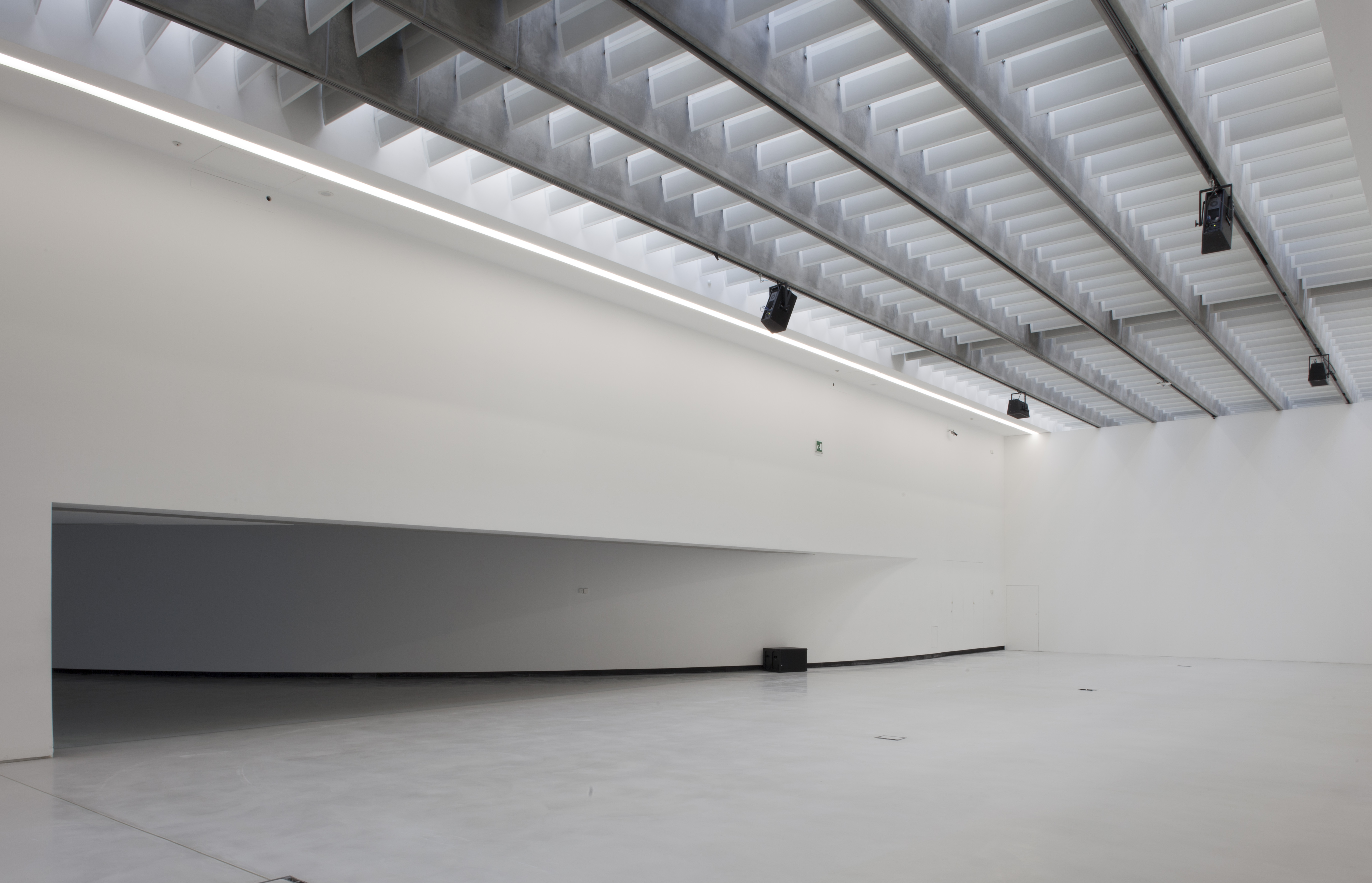
Fig. 2 — Territoriale, installation view (side b) at MAXXI, Rome, 2014
Kollaps, Aufstieg. (Collapse, Ascent.)
This is where the specific issue of the reproduction and transmission of the human voice arises in my work: setting up the same conditions in which the hypertrophy of the human voice can be perceived in its physicality – without the manifestation of the body itself, and inversely letting the natural degradation, or loss, affect the voice’s matter and bring it back to its vulnerability.
In Kollaps, Aufstieg. a woman executes four sessions of vocal improvisation in a sound laboratory and an archaeological site in Bosnia-Hercegovina, drawing on acoustic memories while being influenced by a precise audiovisual frame, which also defines and establishes the conditions in which the public would have to place itself to perceive her voice’s presence in such a surrounding.
from Mastermind, interview by Emeline Vincent on Volume – What You See Is What You Hear n° 07, Dec ‘13
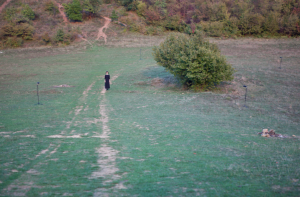
Kollaps, Aufstieg. A/V environment for solo voice, 2ch video/6ch audio, 40′, 2012
Shot in Visoko (BIH) and Fabriano (ITA) on May, 2012
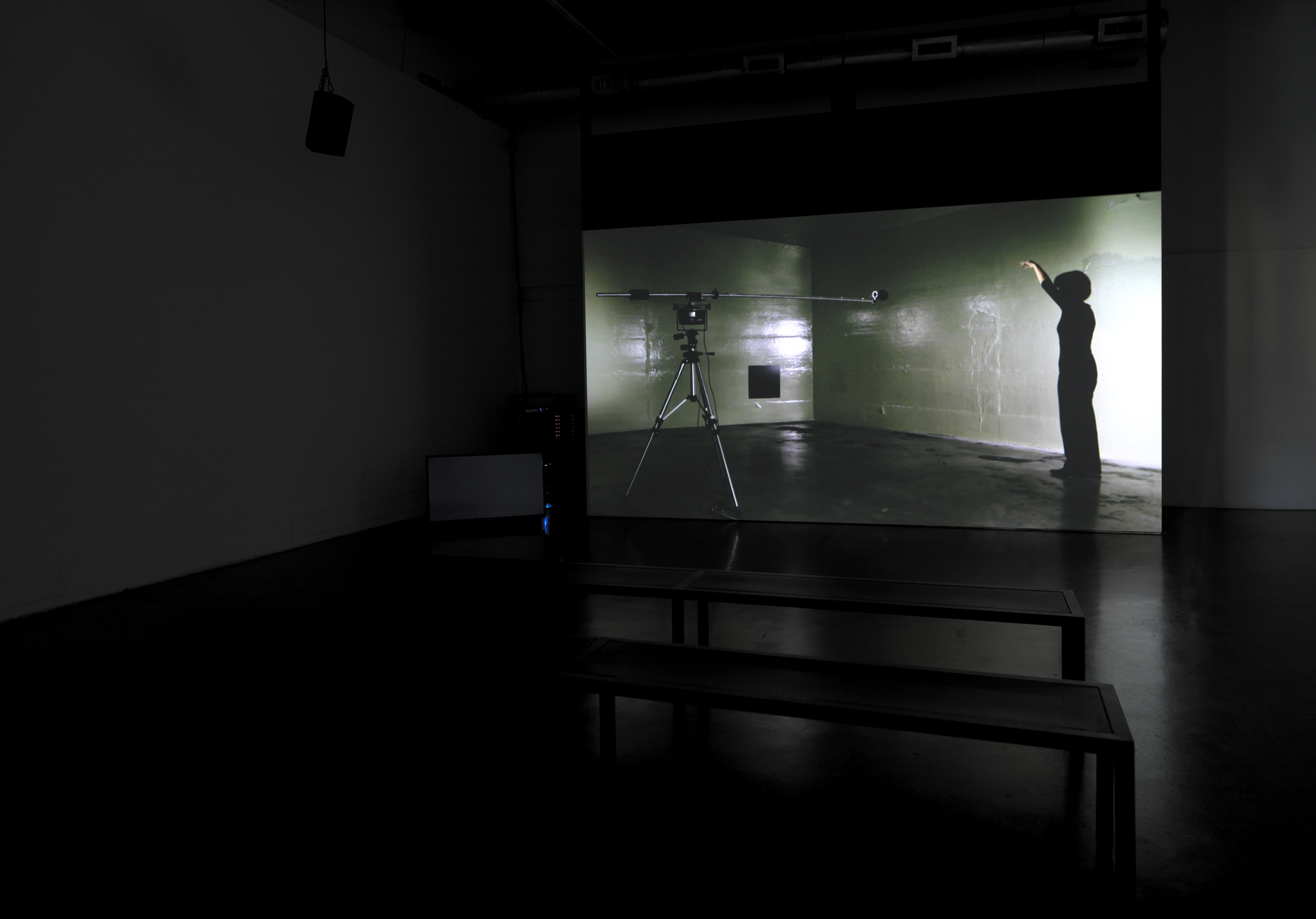
Fig. 1 — Kollaps, Aufstieg. Installation view at Macro, Rome, 2012 (ph. Dario Lasagni)
